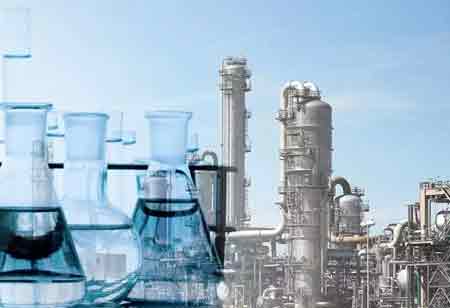Chemical companies use the latest technologies to reduce operational costs, increase profits, and improve product quality.
FREMONT, CA: The chemical industry's machine learning (ML) and AI solutions help automate data extraction, supply chain planning, and quality testing. Chemical industry specialists can accelerate the process of discovering new vaccines, treatments, and ingredients by implementing AI and automating tasks.
Over 80 percent of executives in the chemical industry surveyed by IBM admit that artificial intelligence (AI) will immensely impact their business within the next three years. The areas where AI is most implemented in this sector are research and development, manufacturing, forecasting and planning, and risk management.
Here are some of the areas of chemical manufacturing that AI improves:
Research and development: The research and development process comprises an organization's activities to create a new product. The goal is to market the best version of the new product. AI solutions can help companies speed up and increase the accuracy of the research and development process. ML tools have been found helpful in discovering and recognizing molecules, creating formulas, and defining exact proportions and quantities of chemicals. AI helps analyze possible chemical combinations and predict whether they will be effective in their predefined purpose.
Smart predictive forecasting: ML and AI-enabled models and advanced analytics help predict how much raw material for chemical production is left and how much more is needed. AI forecasting leaves a place for alterations at every step of molecule development. AI can also predict future prices for materials. This helps adjust the production process to the market faster and significantly reduces the company's losses. AI used in the chemical industry can reduce errors by 50 percent compared to human forecasting. Companies can streamline the supply chain and avoid overstocking by forecasting demands with AI.
Smart data analytics: Manufacturing companies have to fit certain regulatory standards. If a company exceeds the norms of carbon emissions, water consumption, or pollution level in production premises, it will pay hefty fees. Manually controlling these indicators would take ages. With AI-enabled data analysis, companies can easily track and adjust their production to the norms implemented by authorities. Together with sensor technology, smart data analytics identifies defects and alerts staff about inconsistencies. Knowing the root of the problem, experts can intervene in the manufacturing process and promptly resolve the issue.
Quality assurance: If a wrong substance gets on a product line, it may take seconds to ruin the whole batch of products. AI can detect such instances and prevent accidents on the product line. ML tools can learn from such occurrences and use this knowledge in similar cases in the future. Quality assurance in chemical production is mainly ensured by computer vision. With the help of deep learning algorithms, computers scan substances on production lines and evaluate and classify them based on their properties.
Increase in safety in manufacturing facilities: The industrial internet of things (IIoT), advanced analytics, and real-time data collection can all help improve employee and asset safety. By capturing onsite data, AI makes compliance with data collection and documentation requirements much easier. ML tools eliminate potential hazards associated with manufacturing. By eliminating the need for direct human involvement, ML tools prevent potential hazards in manufacturing.
AI is one of the main reasons manufacturing is moving to digitalization and automation. As ML tools eliminate the possibility of human error, they help companies increase their sales and productivity. By optimizing their operations, AI algorithms result in higher yields. Reducing scrap rates and improving product quality are two benefits of AI root cause analytics and testing procedures. AI tools can help organizations adjust to various production variations and increase equipment efficiency. They stabilize flow and increase equipment efficiency. As well as automatically controlling manifestation conditions, such as stirring rate, temperature, and process duration, it can boost throughput and reduce yield by 30 percent.

